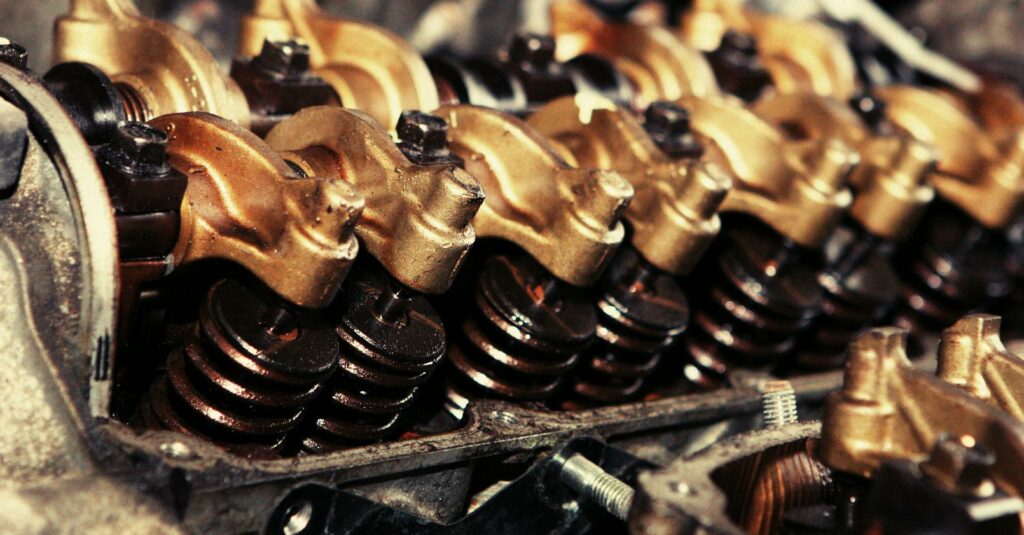I have read a lot of how-to articles about changing car engine oil. Those with extra money have their oil changed in car shops. With extra cash or not, I always prefer to change my engine oil myself; I guess many of you do too.
In This Article...
My Way
My way is not much different from the others I have read or seen. Regardless of what type of engine oil you use, the key to the right way of changing engine oil is to “drain out” as much of the old oil as possible. Thus, in this article, there is no need for me to make a complete, step-by-step guide on changing oil. Many of us already know the drill. But one thing is worth repeating over and over – dispose of used engine oil properly; bring them to a place that accepts and recycles old engine oil. Never discard it in your sewer! If I remember correctly from what I read recently, one (1) gallon of improperly disposed used oil has the potential to contaminate hundreds of thousands, if not millions, of gallons of groundwater.
Key Points
The only difference with my way is I let time and gravity do their thing in draining out the used oil.
Here’s what I do: Always change engine oil at night in the garage, on weekends. Make sure that there will be no sudden unexpected trips before starting this chore. Line the floor with old newspaper (drips are inevitable and this minimizes clean up time after you are done). Place an oil pan (in my case, I use a large diameter plastic basin that is wide enough to catch the oil draining from the oil pan and the oil filter mount at the same time). Remove the oil cap on top of the engine. Unplug the oil pan and simply let the oil drain into the basin. Remove the oil filter and whatever oil drips gets into the same basin (I don’t have to move the basin to do this (as I have said, I use a large diameter plastic basin to catch all the old oil)
Secure both front wheels with a set of wedges to make sure the car stays in place before you do the next step. Jack up the rear end of the car. Depending on the shape of your oil pan, you can choose to jack up both the left and right rear ends or just the left or the right rear end (In my case, I only jack up the right rear end because my oil pan bulges a little downwards on the left front part where oil, and possibly dirt, tend to accumulate. Replace the jack with jack stands (needless to say, never rely on the jack when doing under chassis work on your car)
What Now?
Let the old oil drain overnight – this, in my opinion, is the only way you can drain as much of the old oil as possible. Some people use an air compressor, aiming the air thru the cap opening to force the oil out. I do not recommend this, especially if your air compressor does not have a water separator. Even if it does, I don’t think an air compressor can ever match what time and gravity can do in draining out the oil.
Am I Done Yet?
Don’t sleep yet! Cover the opening on top of the engine from which you removed the oil cap with a thin layer of cloth. Secure it with a rubber band if possible. I said thin layer of cloth because it serves as an air inlet that will allow the old oil to flow out freely. Do the same with the unplugged oil pan and oil filter opening if possible.
Note: It is important to cover (not plug) the openings to make sure that no foreign objects accidentally get into the engine. Since you will be leaving the car overnight, it’s not impossible for either a mouse or cockroach to find their way into the engine.
All Done!
You can now go to sleep and put on new oil in the morning. I hope this guide helps!

